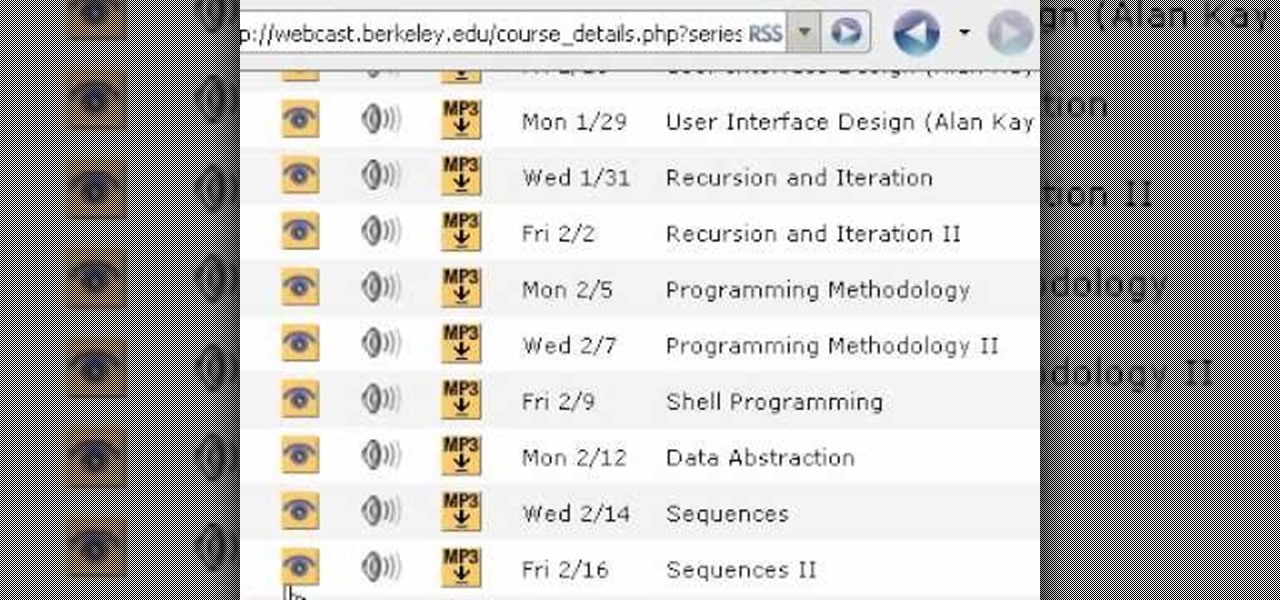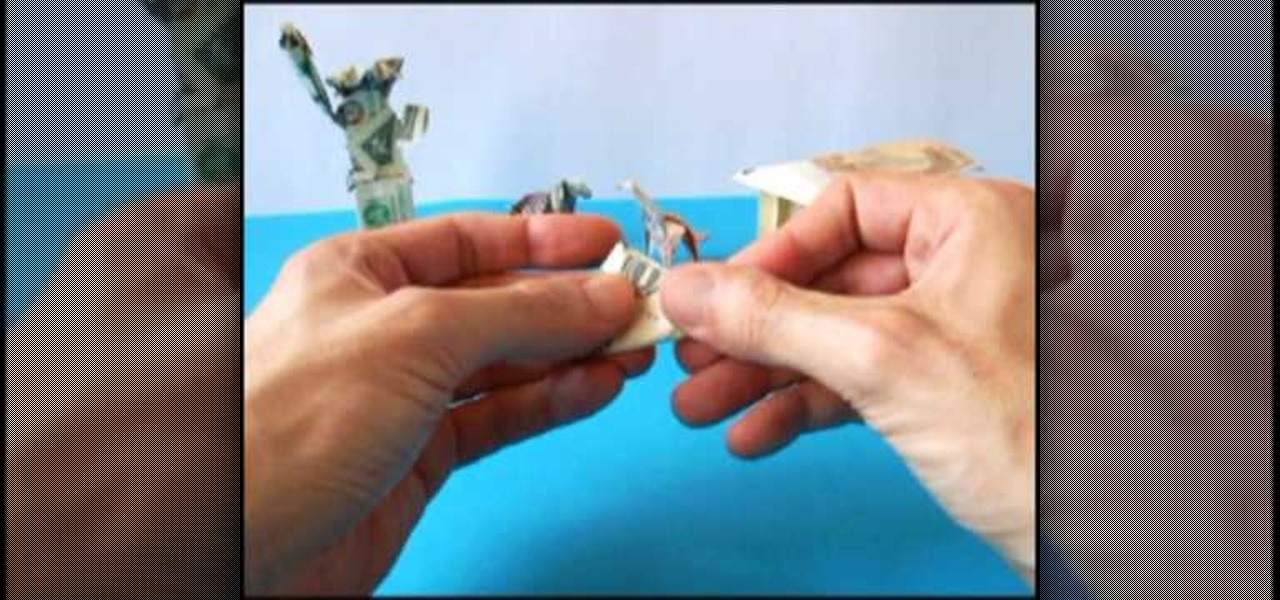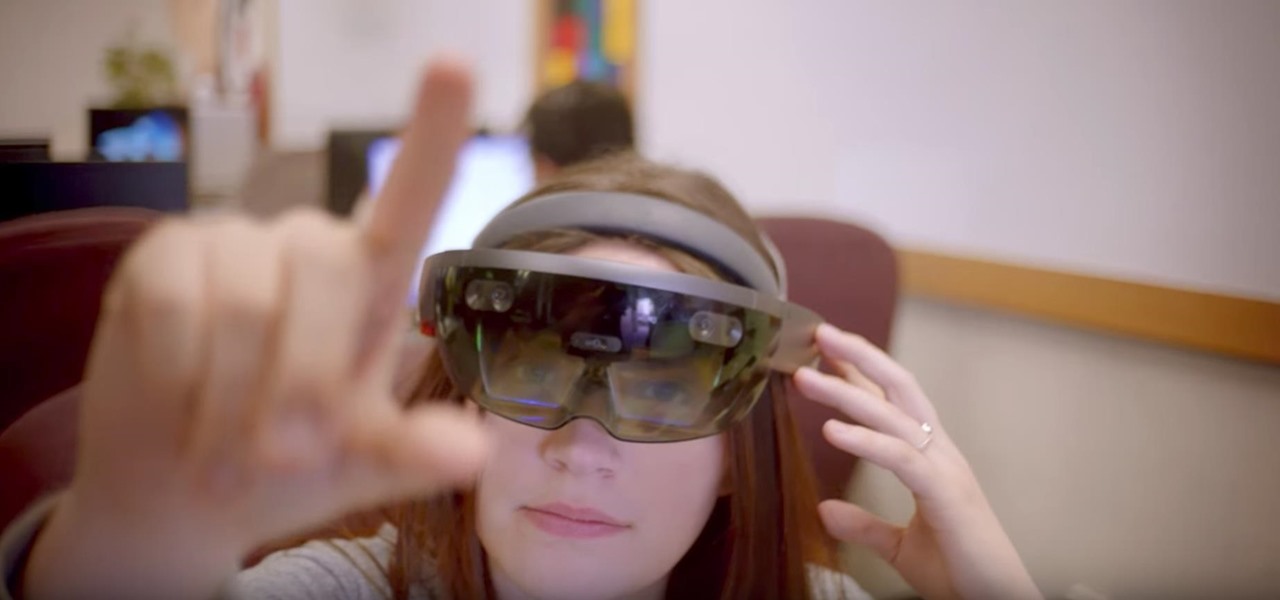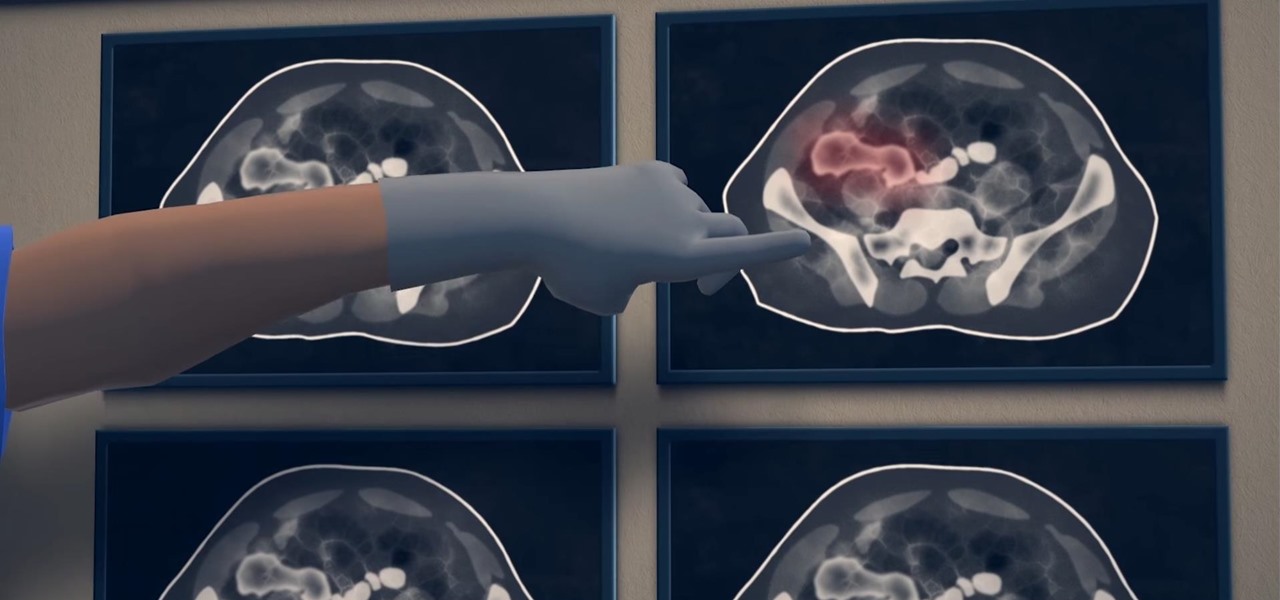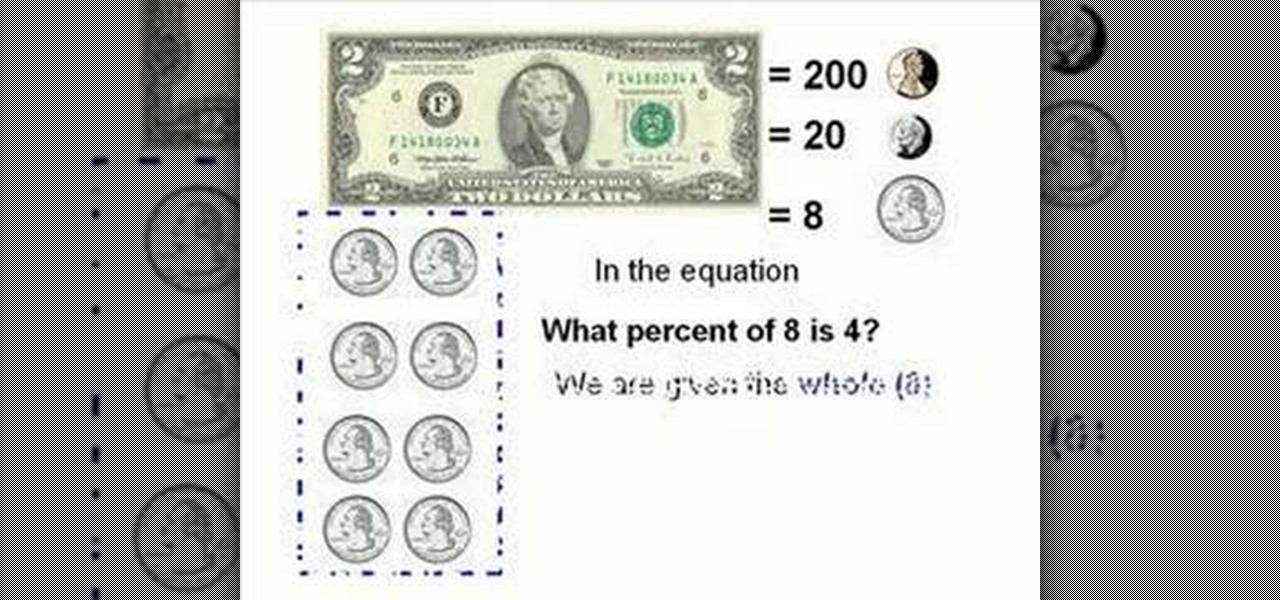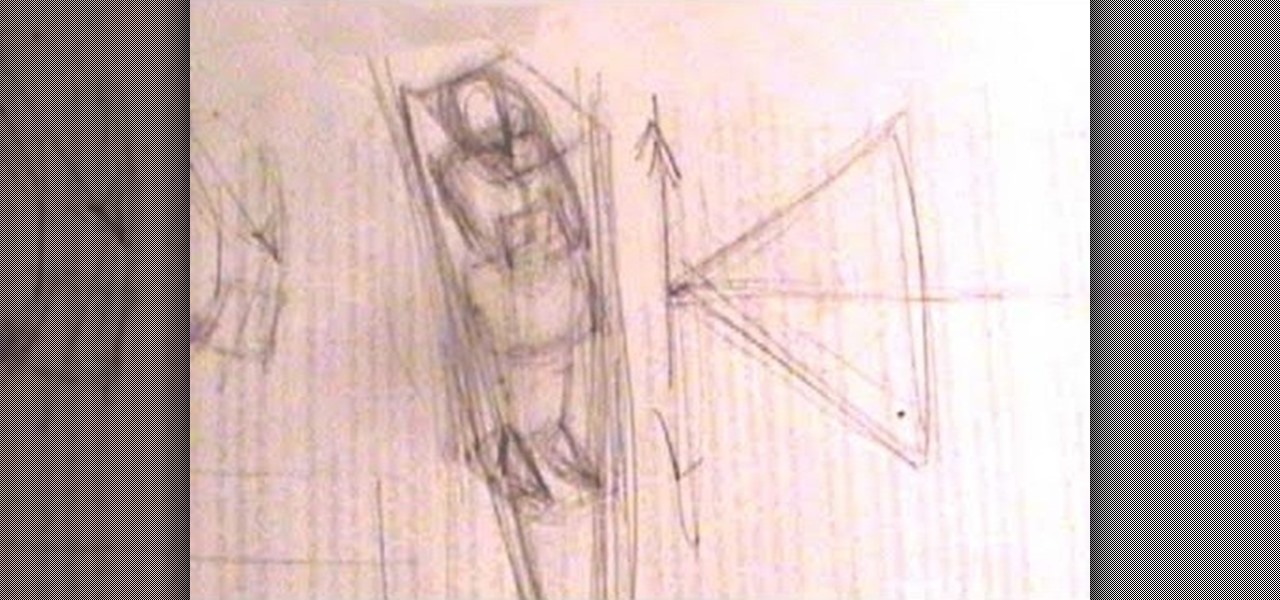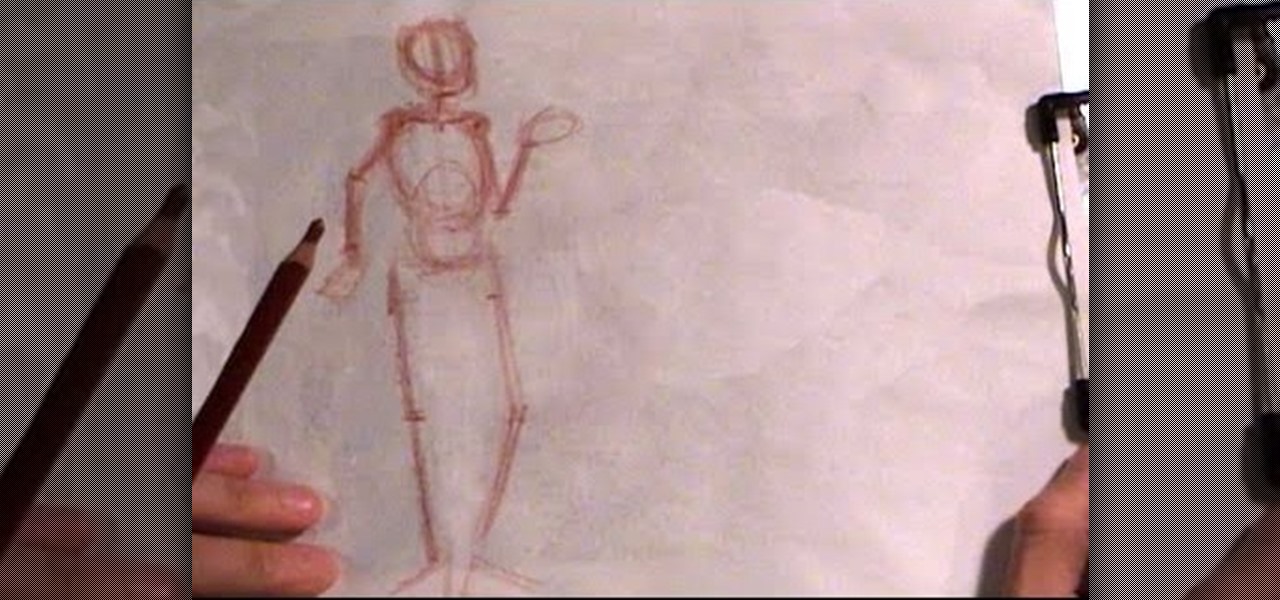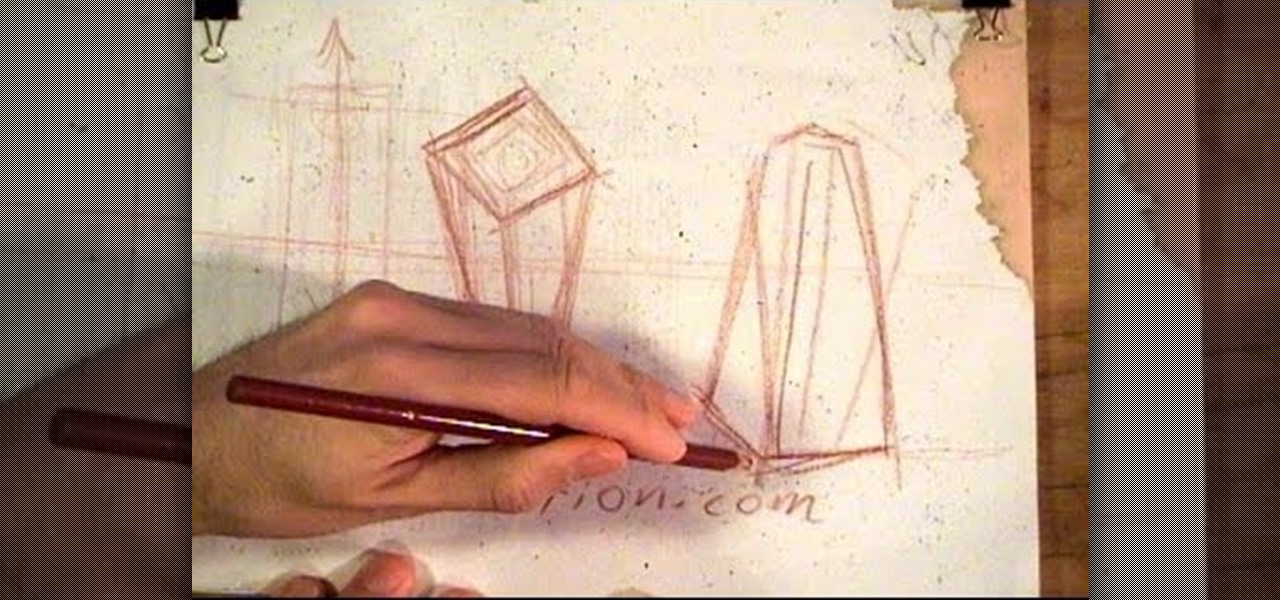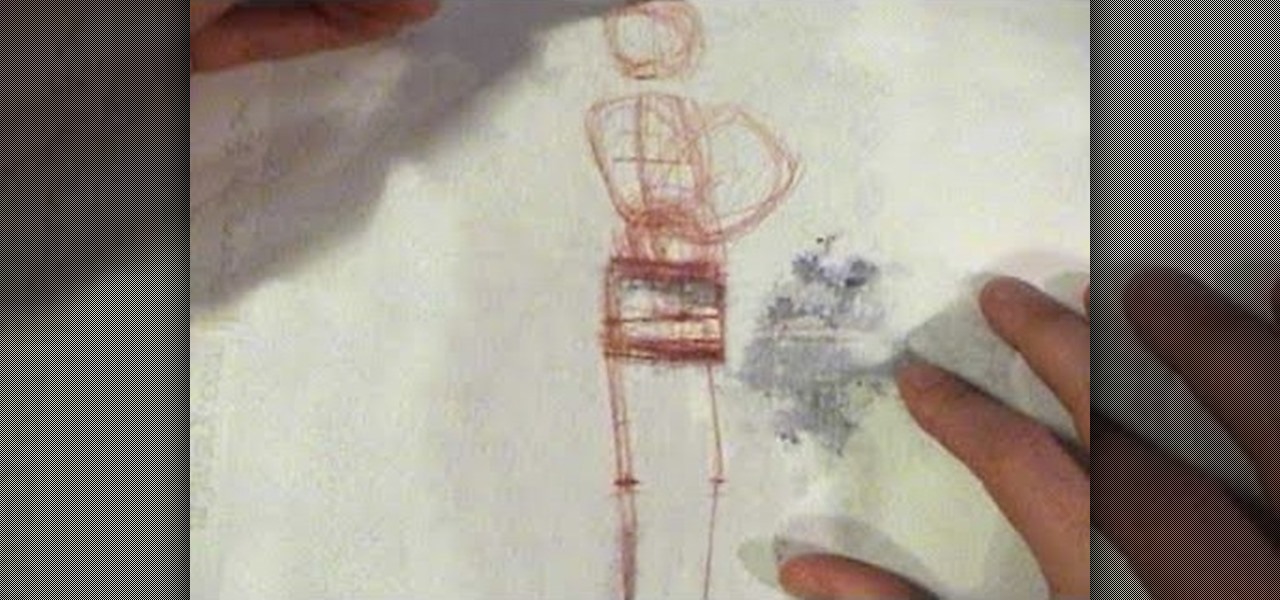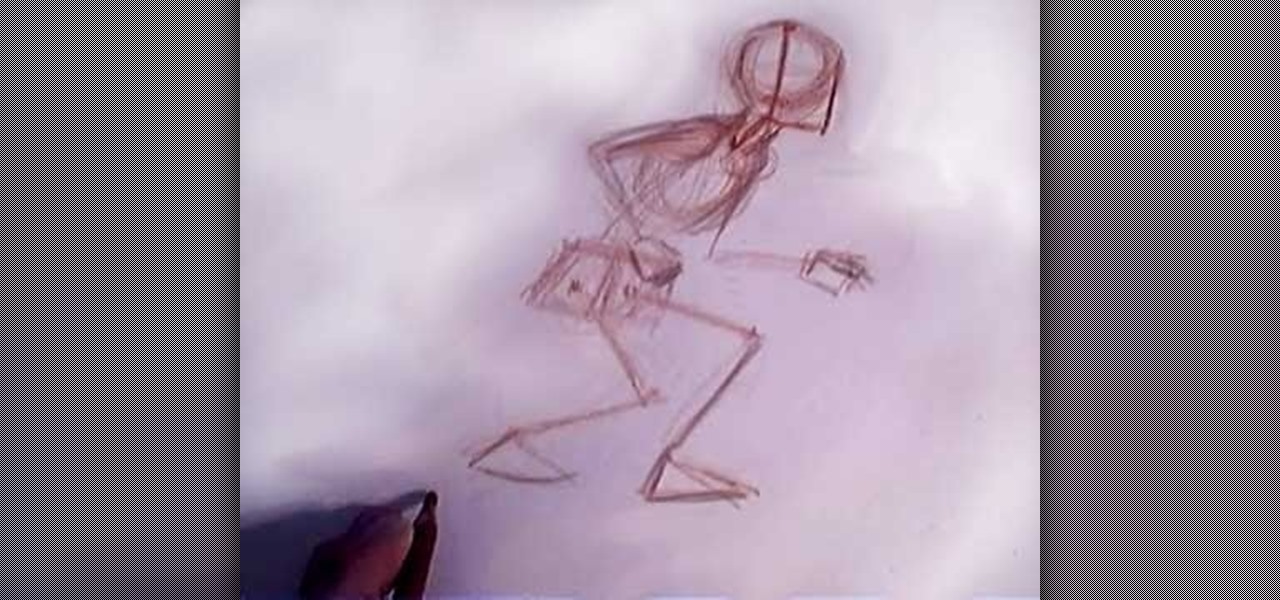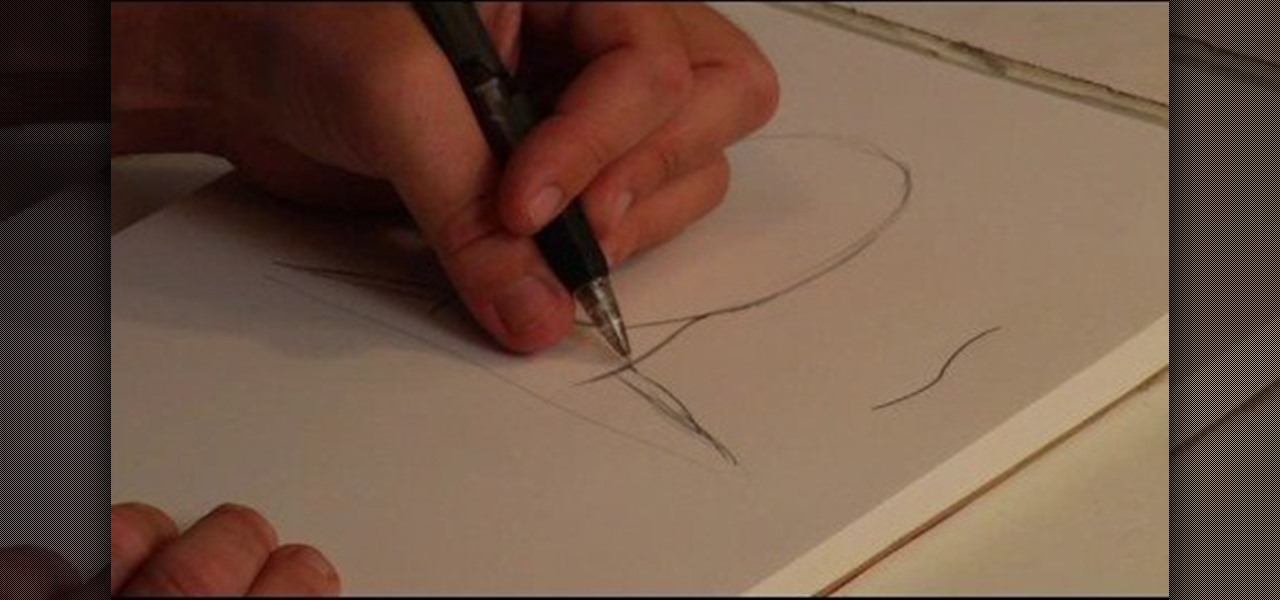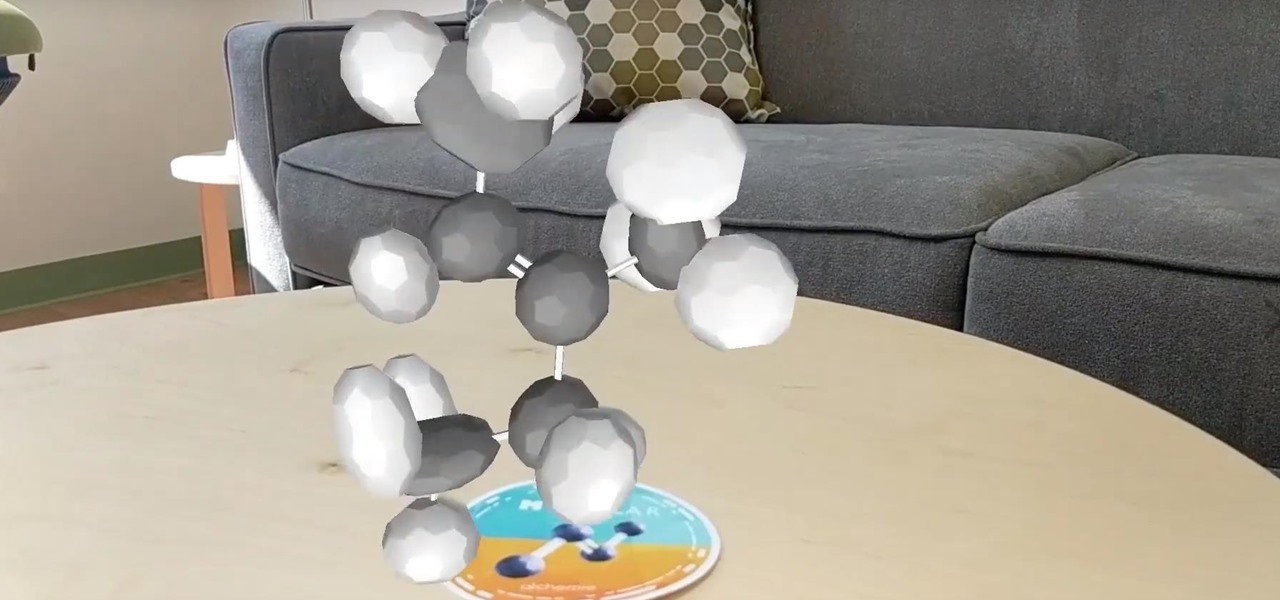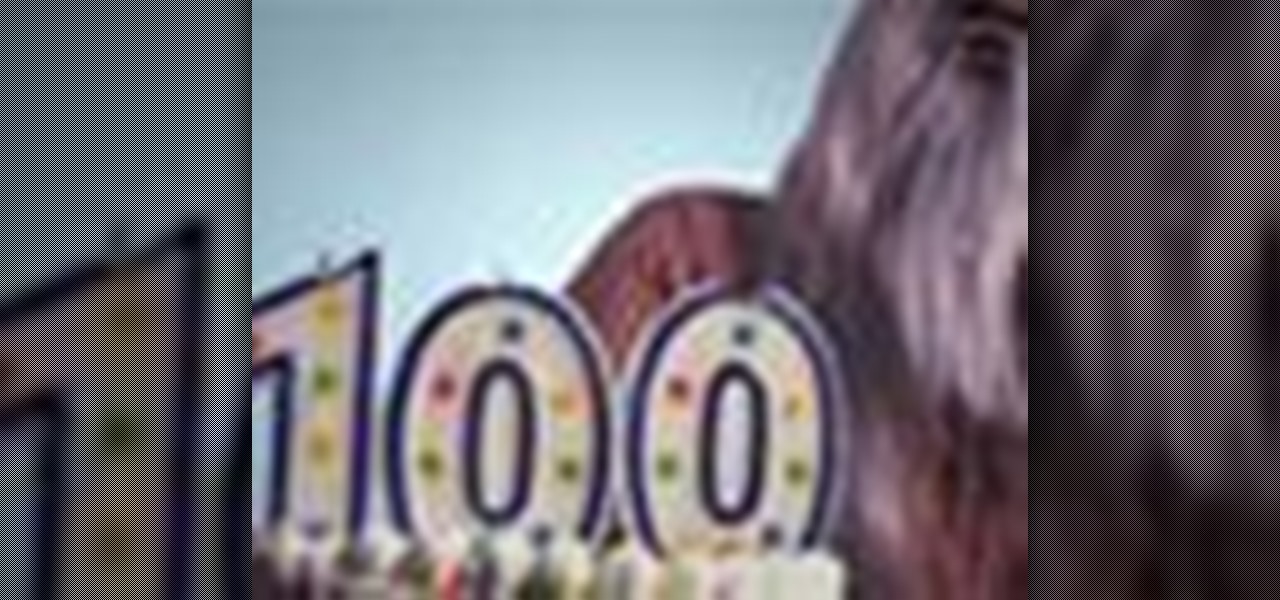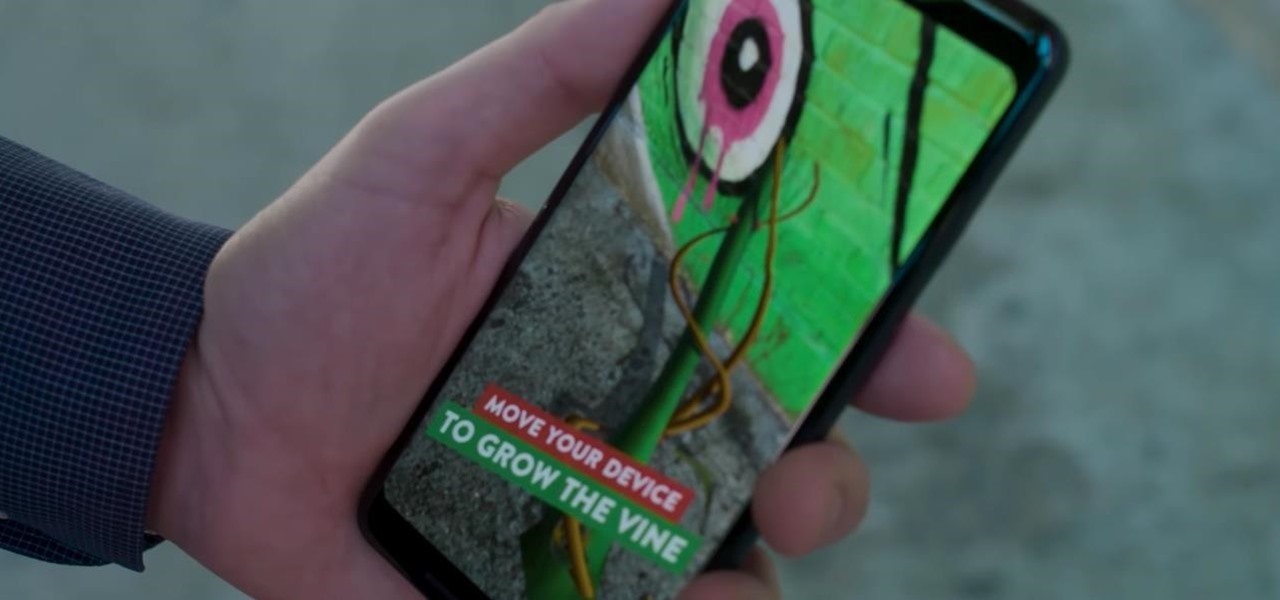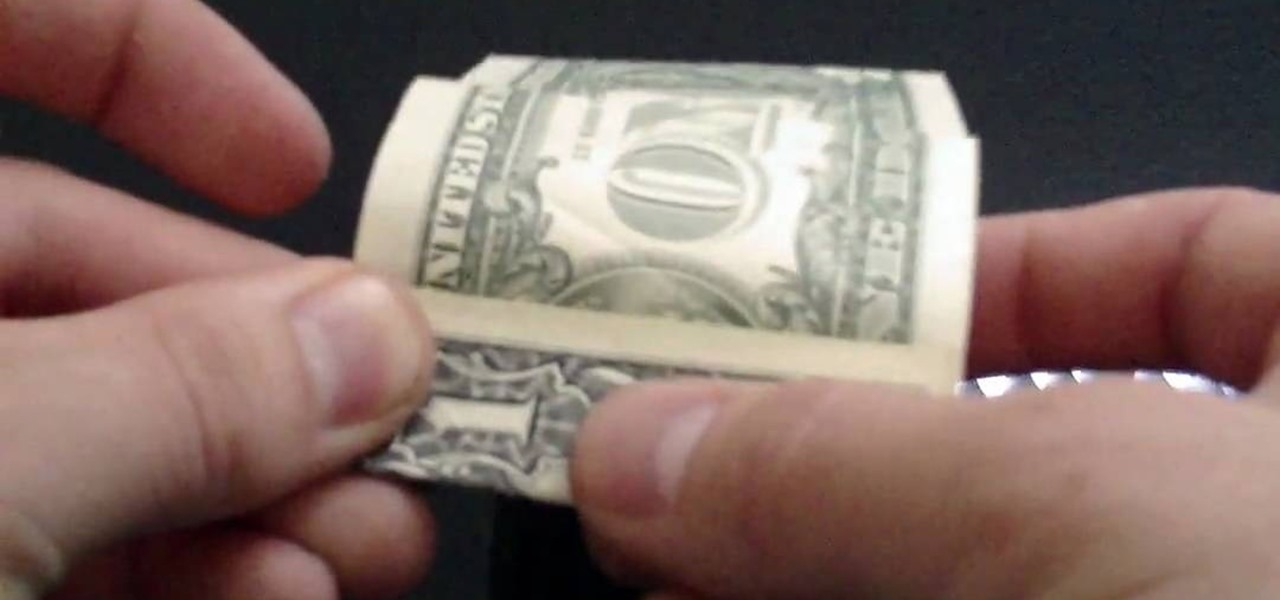
Want to hone your origami folding skills but don't want to go through the monetary trouble of purchasing (sometimes pricey) origami paper? Then worry not; simply watch this easy origami tutorial to learn how to fold a basic cube using a single dollar bill (which we hope you have at least one of).
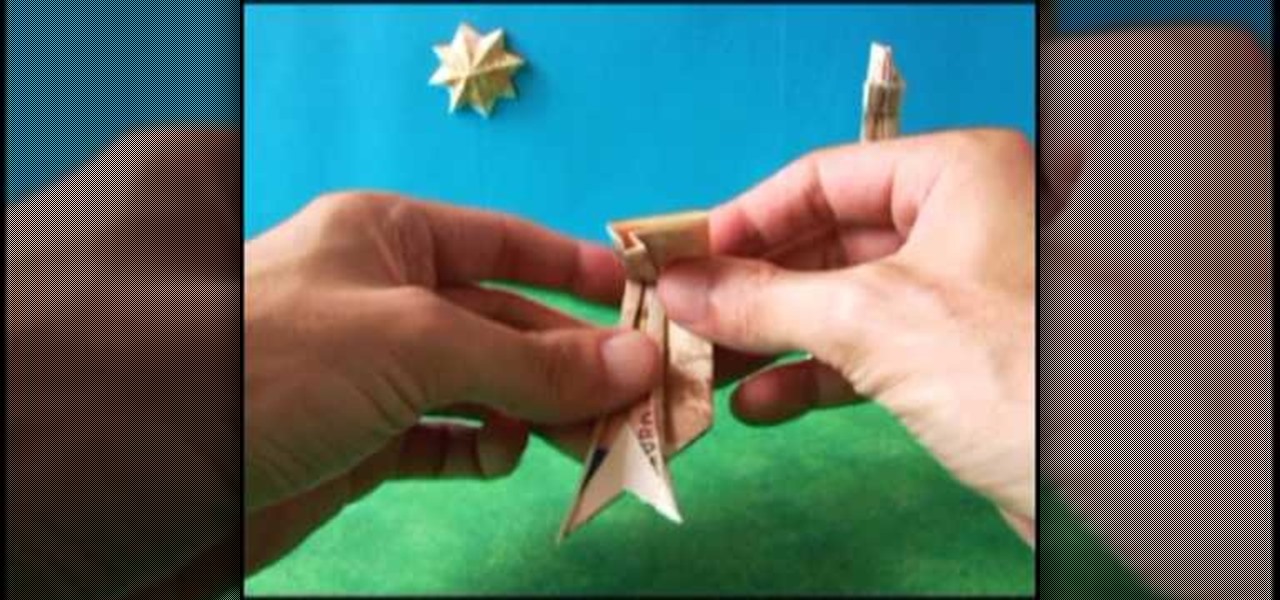
The biggest determent to doing origami, other than time and complexity when you get to harder pieces, is quite simply the origami paper. It doesn't cost much, but like any type of crafting it does require some monetary devotion.

Are you sitting in class the last day before holiday break, simply dying over how long each minute is before that last bell rings and you get to head to Big Bear? Pass the time (though obviously do so discretely) by crafting these simple origami t-shirts. Each t-shirt is folded from a monetary bill, which we're pretty sure you have in your pocket.

Legal Services A group of lawyers refused to provide legal services to needy AARP members for $30 per hour, but when asked to do it for free, they readily agreed.
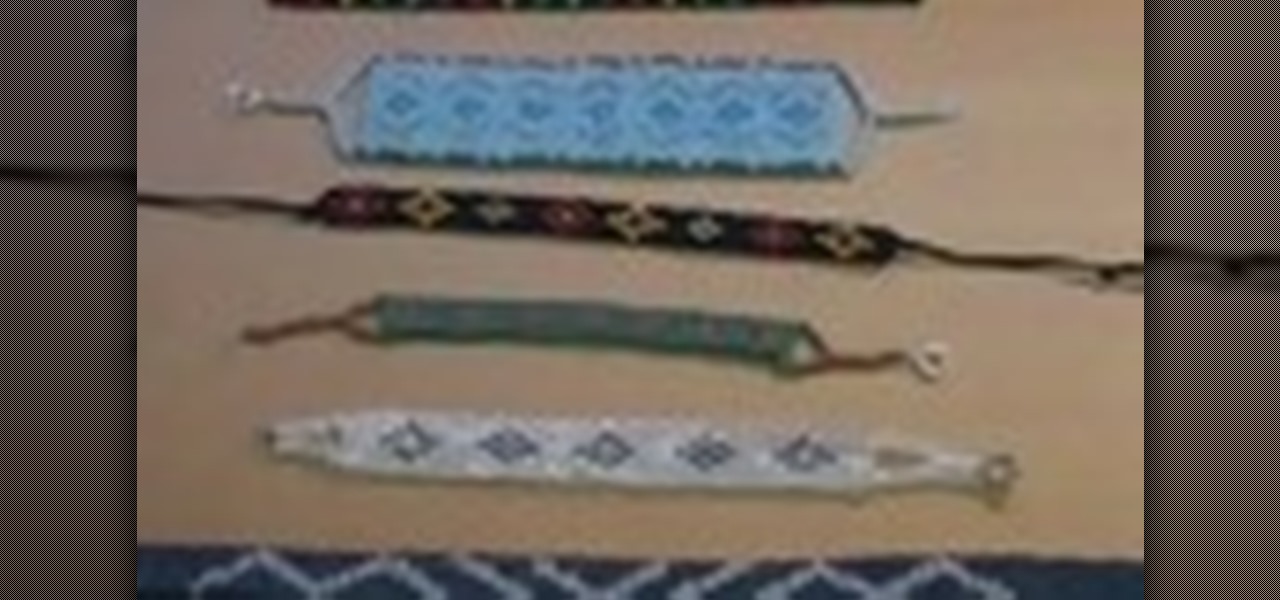
You can make beautiful beaded bracelets without much monetary investment at all; in fact, all you need are pretty beads, string, and a cardboard box. You don't even need to tweak the cardboard box at all - just take off the lid and start using it as a makeshift loom! So cheap, so easy, and with such great results.

Learn how to origami fold a dollar bill (or any other monetary note) into a t-shirt shape.

This tutorial shows you how to get free full college video lectures from the best sites in the US. It's based on the Free Education Online Program from the OCW Open Consortium.

The biggest determent to doing origami, other than time and complexity when you get to harder pieces, is quite simply the origami paper. It doesn't cost much, but like any type of crafting it does require some monetary devotion.

Don't fret too much if your watermark is barely noticeable when you're finished with this project - the less obvious it is, the better a job you've done. Watermarkers are present in many types of paper, especially the monetary kind. If you hold up a ten dollar bill you'll see a watermark of Thomas Jefferson's face on the right, proving the bill is real.

In a video released Tuesday, Microsoft arguably began to position the HoloLens and Windows Mixed Reality as the future of education. A smart tactic meant to coincide with their other education-related announcements made on the same day.

The US Department of Education has put together a competition called the EdSim Challenge with a $680,000 purse to facilitate next-gen education. The event calls upon augmented and virtual reality, as well as video game developers, to bring immersive simulation concepts to prepare the workforce of the future.

Do you need to brush up on your fraction and percentage skills or get ahead of the class in math? This video shows several different examples of how to calculate percentages by using fractions. Money is used as a frequent example because quarters and change are easier to figure out and can help you translate when solving a math problem. You can also solve equations by writing them down and diving the part by the whole. Sound complicated? Watch the video and see how easy you can master calcula...

Many educators and institutions are already integrating podcasting successfully into their curricula — with great results. Podcasting enables educators to use music and recorded audio to enhance learning. The addition of photos and video to podcasting allows educators to add a wide range of visual content to their teaching and address even more learning styles.

Today's word is "pause". This is both a noun and a verb. As a verb, it means to stop an action temporarily.

Mark Twain said “cauliflower is nothing but cabbage with a college education.” Well, that’s sort of what risotto is: rice with a college education.

As a native of Alabama, Apple CEO Tim Cook has a special place in his heart for the state. He also empathizes with the struggles that African-Americans have historically faced in the state, particularly during the 1950s and '60s civil rights era.

Indian startup Dimension NXG is launching augmented reality headsets into India's consumer market with a bold idea: focusing on immersive computing in education on the high-end. The plan is to give a new kind of AR headset to schoolchildren in remote Indian villages, starting from class 5 (age 10) until graduation.

Think apples are the only fruit you can dip into liquid caramel/white chocolate and shape into edible pumpkins for Halloween? Then with this video you'll receive an education in how to break out of your Halloween inhibitions and create white chocolate dipped strawberries shaped into pumpkins.

In this tutorial Cy starts out a human figure from above in 3/4 view. Some tips for putting the horizon line on the page.

The foundation of most fine arts educations begins with the drawing of the human figure. These human figure drawing tutorials are brought to you by Cy Porter of solomation.com. Search WonderHowTo for more figure drawing tutorials by Cy.

The foundation of most fine arts educations begins with the drawing of the human figure. These human figure drawing tutorials are brought to you by Cy Porter of solomation.com. Search WonderHowTo for more figure drawing tutorials by Cy.

The foundation of most fine arts educations begins with the drawing of the human figure. These human figure drawing tutorials are brought to you by Cy Porter of solomation.com. Search WonderHowTo for more figure drawing tutorials by Cy.

The foundation of most fine arts educations begins with the drawing of the human figure. These human figure drawing tutorials are brought to you by Cy Porter of solomation.com. Search WonderHowTo for more figure drawing tutorials by Cy.

Figure drawing is the basis of fine arts education, so watch this how to video on drawing the human neck. To draw the human neck, pay attention to the muscles and bones that represent its shape. Draw an anatomical human neck with tips from a professional illustrator in this free instructional video on drawing.

In the wake of Apple and Google pitching augmented reality to schools, McGraw-Hill is stepping up its own augmented reality efforts for education.

Sosh and Gina continue your Lindy Hop education. This clip will teach you how to communicate with your partner. The front to front, the sling shot, the scissor kick, the swing out, the big turn, are all dance moves distinct to the Lindy Hop. It was named for Charles Lindbergh and his Atlantic crossing in 1927. Black communities invented the moves, and the popularity spread throughout the world.

How these kids got to do those for a school project is beyond me. Must be the education system these days. Anyway, this video features some charming youths teaching you how to do a simple prank involving duct tape and falling shoes.

Want to get (or augment) a college education on the cheap? Let this video be your guide. It's easy and this clip presents a complete, step-by-step overview of the process. For more information, including detailed instructions, and to get started watching videos of lectures from Berkeley, MIT, Harvard and Princeton, take a look.

Everyone wants to live to join the ranks of the centenarians! By following longevity tips like taking care of your teeth, getting a college education, taking up a sport like golf or swimming, drinking a glass of red wine every day and even marrying a younger woman, you can live to be 100 years old! Not only that, you'll be able to make the best of your long life.

Kids would usually rather play than do their homework, but follow these parenting tips to make studying fun for them. Determine your child's learning style, and tailor homework time specially for them. Remove distractions from the environment so kids can focus on their education and passing the next test.

Your memory can always be improved! This video teaches you several useful strategies for studying and test preparation, based on meditation and mnemonic techniques to increase your ability to memorize facts and figures accurately. Get the most out of your education!

Some women are not aware of the link between ovulation and the days you can become pregnant. Learn how familiarizing yourself with your ovulation cycle can increase your chances of getting pregnant. Watch this maternity how to video to learn more about ovulation and pregancy.

Fold origami cranes on and before this day (the International Day of Peace) to be part of a world movement to raise awareness for peace education. What better way is there to raise awareness than through origami cranes?

This Wicca video is part of the Witch School Education System. Learn how to get in touch with your higher self or own deity. Remember that your conscious self is separated from your higher self by a veil.

Director of Education for Troon Golf, Tim Mahoney, teaches you where to place the golf ball in your stance and how that impacts your ball flight.

A must for anybody who wants to learn how to play banjo, this video will show you the proper right hand technique to play banjo via a variety of simple tricks. By learning how to play with proper technique, you will be able to accelerate your musical education.

While sheltering at home has its downsides, one lesson we're all learning is how interconnected the world is. In that sense, it's a wonderful time to satisfy your curiosity about other cultures. There are many means of education like exploring music, cuisine, and fashion, but few things are as effective and beneficial as learning the native language.

When it comes to mass adoption, augmented reality is still primarily a mobile world, so Google is pitching its own ARCore flavor of mobile AR to the education and marketing segments.

At Apple's education event in Chicago on Tuesday, augmented reality stood at the head of the class among the tech giant's new offerings for the classroom.

Music theory, for any musician, is EXTREMELY important to know if you expect playing in any form of professional capacity. But if you can't afford to go to Berklee College of Music or Musician's Institute, then you can get almost the same education in this great video! In this video you will learn the basics of the minor Blues scale, 12 tone technique, polychords, chordal chords, and tone clusters. Truly amazing work and make sure you have a pen and piece of paper to take notes!








